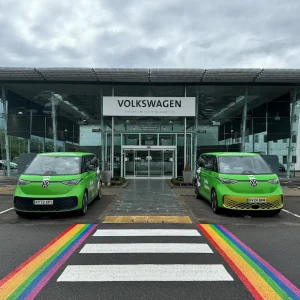The gap in residual values of cars fitted with automatic and manual transmissions has grown in recent years despite a surge in popularity, Glass’s has claimed.
Citing data from the Society of Motor Manufacturers and Traders (SMMT), Glass’s said there has been a steady increase in the market share for automatic vehicles in the last 19 years, from 15% to 35% today.
In the same time period, there has been a widening gap in RVs – from 2% to 4% in recent years. Both sets of data are based on two-year old models, though Rob Donaldson, UK car editor at Glass’s, told BusinessCar he couldn’t see why this trend wouldn’t continue from two-year-old to three-year old vehicles.
Glass’s put the increase down to a number of factors, including a leap in the sophistication and quality of auto boxes as well as increasingly availability – nowadays, almost all models at least offer a non-manual choice.
The company added that some automatic gearboxes are now more efficient than equivalent manual transmissions, producing less CO2 and resulting in lower BIK payments, while Glass’s cited increasing traffic levels as another possible reason for the surge in popularity.
“Automatics were normally considered sluggish, as often they only had three gears,” Donaldson said. “They were notoriously poorer on fuel economy than a manual, expensive to repair, and of course labelled as not a true driver’s car.”
He added: “But now, often autos have more gears than manuals and can be very economical. Some even come with F1-style paddles to give that sporty drive when required.”





